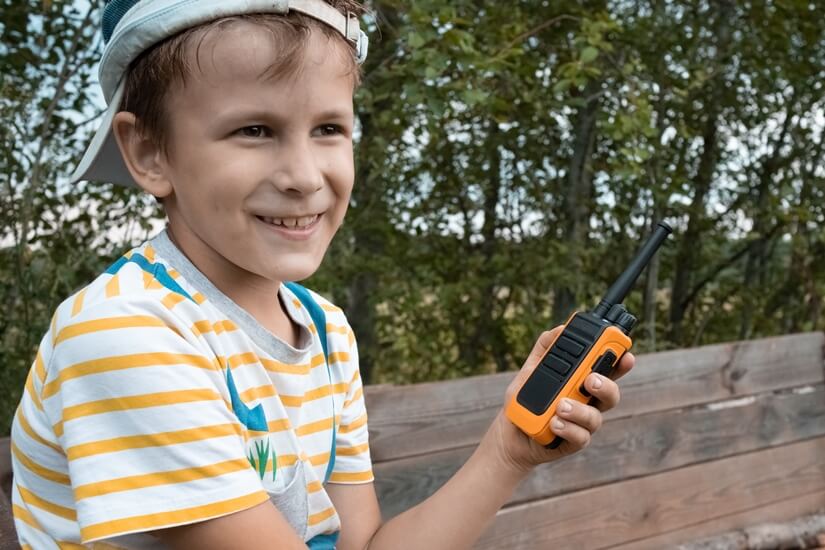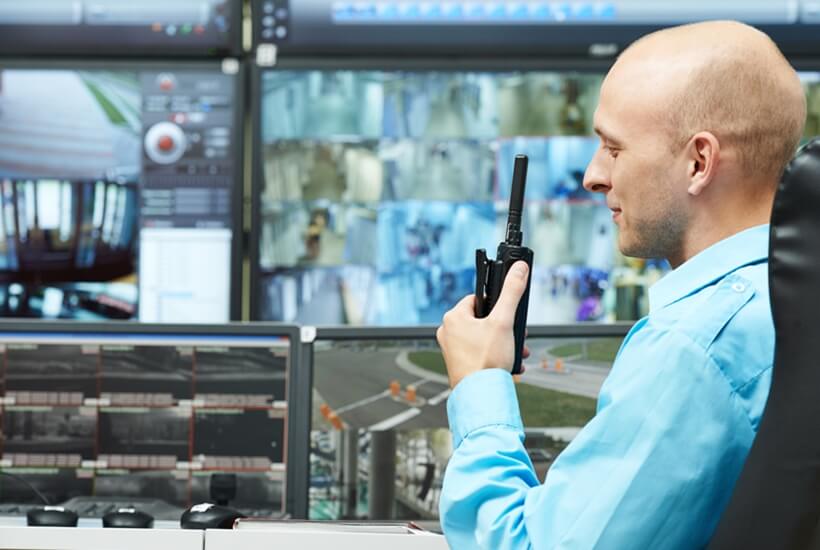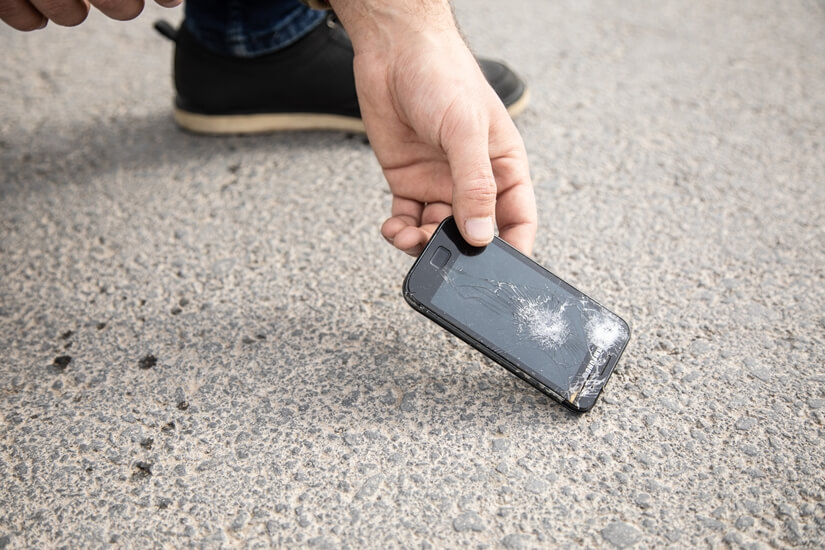How Walkie-Talkies Revolutionise Communication Among School Staff
Imagine a school where every message, every alert, and every call for assistance is answered instantly. Thanks to walkie-talkies, this is no longer a dream. In this post, we’re diving into how these handy devices are turning the tide in school communication, making campuses safer and staff coordination seamless.
Why Walkie-Talkies Are a Game Changer in Schools
● Ensuring Safety is a Top Priority
Think about how crucial it is to have an immediate line of communication when time is of the essence, in situations where every second counts, like dealing with a fire or needing to secure the school quickly, walkie-talkies are invaluable.
They’re the go-to for getting everyone to safety, fast. It’s about making sure that, whether it’s a scrape in the playground or a more serious security issue, help is on the way without delay. The Motorola T82 Extreme is perfect for these situations, known for its robust build and clear, reliable communication even in challenging environments.
● Making Daily Operations Smooth
Beyond the big emergencies, walkie-talkies simplify the everyday hustle of school life. Coordinating a surprise assembly, managing the controlled chaos of lunch breaks, or keeping tabs on school trips becomes hassle-free.
Imagine a teacher effortlessly directing a lost parent to the right office or a coach updating the PE department about a last-minute field change—all without missing a beat. The Motorola XT185, with its user-friendly design and excellent durability, is ideal for keeping daily operations running smoothly ensuring clear communication among staff.
● Filling the Communication Gaps
In the complex web of school operations, keeping everyone on the same page is a tall order. Walkie-talkies bridge these gaps, ensuring teachers, admin staff, and the security team are all in sync.
They’re perfect for those moments when you need to relay a quick message about a change in the bus schedule, communicate a shift in the day’s plan, or make sure everyone’s where they need to be during drills. It’s about turning potential logistical nightmares into well-orchestrated symphonies of efficiency. The Kenwood TK-3501, known for its simplicity and effectiveness, is great for this, enabling quick updates or changes to be communicated efficiently.
Choosing the Right Walkie-Talkie for Your School
Finding the perfect walkie-talkie for your school isn’t about getting the most high-tech gadget on the market; it’s about matching the device to your school’s daily rhythm and needs.
Start by thinking about what you really need. How big is your school? Do you often find yourself needing to communicate across different buildings or outdoor spaces? Long battery life, robust build, and crystal-clear sound are non-negotiables.
● Match Features to Your School’s Lifestyle
For durability and clarity, the Kenwood PKT-23 offers a lightweight design but powerful performance, making it perfect for busy school environments. For schools requiring extended range and additional features like emergency buttons, the Motorola XT180 serves larger campuses with its versatile capabilities.
● Don’t Overcomplicate Things
It’s easy to get swayed by fancy features, but simplicity is often crucial in a busy school setting. Look for walkie-talkies that are easy for everyone to use, from tech-savvy teachers to staff members who prefer to keep it simple. The goal is to improve communication, not complicate it.
● Budget Wisely
Cost is always a consideration, especially in educational settings where every penny counts. Fortunately, investing in walkie-talkies doesn’t have to break the bank. With no monthly fees and a range of price points, you can find a set of license-free two-way radios that don’t sacrifice quality for affordability. Options like the Motorola XT420 Walkie Talkie Starter Six Pack provide excellent value, offering a set of devices that cater to the broader needs of school communication without excessive costs.
Wrapping-up
In short, walkie-talkies do more than just keep everyone safe; they’re the backbone of smooth school operations. They offer a practical solution for real-time communication that keeps the day moving smoothly, ensuring everyone from the front office to the sports field is connected and informed.











